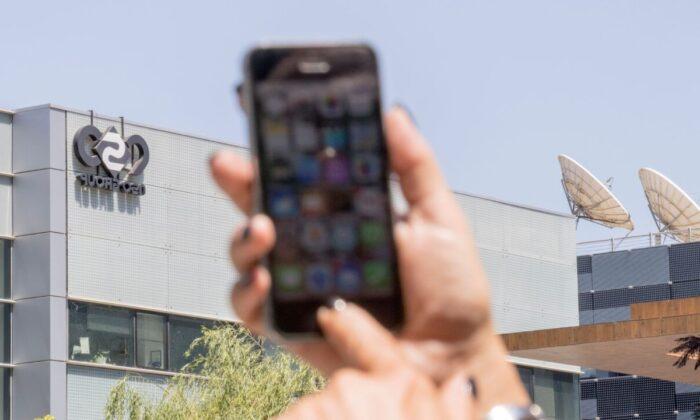Apple will permanently delete a photo album from iPhones in about two weeks and has stopped uploading pictures to it, the company confirmed.
My Photo Stream is an iCloud service that originally launched in 2011. What the service does is temporarily uploads photos taken on a device so they can be seen on another device with My Photo Stream enabled. It also allows users to import the pictures to that device.
Up to around 1,000 photos can be stored in My Photo Stream for about 30 days. They are then automatically deleted from Apple’s iCloud.
But it will no longer be available in just a few days, and users are advised to save any photos they may have in that soon-to-be-deleted photo album.
The Cupertino, California-based firm added that new photo uploads stopped on June 26. Apple then provided a statement that there “will be no photos remaining in My Photo Stream” by July 26.
How to Save Photos
Apple then advises users that to save any photos that are being kept on My Photo Stream should open Photos and tap the Albums section. Then, they’re advised to tap My Photo Stream and click Select.After that, users should tap the photos they want to save and then tap the Share button and then Save Image. On a Mac, the photos will be automatically imported to their photos library.
“The photos in My Photo Stream are already stored on at least one of your devices, so as long as you have the device with your originals, you won’t lose any photos as part of this process,” Apple notes on its support page.
It then recommends that users turn on iCloud Photos if they want their pictures to be saved and accessible across multiple devices. However, iCloud gives only 5 gigabytes of free space before users have to pay a monthly fee for more storage.
“You can turn on iCloud Photos on any iPhone with iOS 8.3 or later, iPad with iPadOS 8.3 or later, or Mac with OS X Yosemite or later,” it says. “After that, you can view your photos and videos in the Photos app on your iPhone, iPad, Mac, Apple TV, iCloud.com, and even sync them to a Windows PC using iCloud for Windows.”
Other Updates
Several weeks ago, Apple released an update to devices using the latest version of iOS that fixes two serious security flaws that are reportedly being used in hacks that are currently targeting iPhones and iPads.According to a support page released by Apple, iOS 16.5.1 fixes an issue in the kernel, tracked with the code CVE-2023-32434, that could enable an attacker to execute code with kernel-level privileges. Like in previous security updates, Apple did not release more information about the fix.
Meanwhile, there have been reports signaling that Apple is soon to cut off support for some older iPhone and iPad models with the release of iOS 17 later this year. That includes the iPhone 8, iPhone 8 Plus, and iPhone X, as well as devices that debuted in 2017 and before, meaning they won’t get an update for iOS 17.





